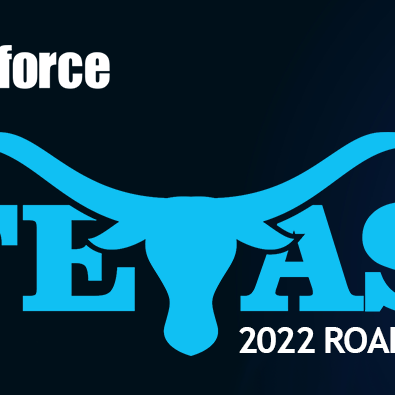
IoT Orchestration: Essential for Autonomous Action in Time Constrained Decision Environments
The Internet of Things (IoT), by definition, is a wide array of “things” that can connect and exchange data over a network. This “network” can take many forms to include the “big” internet, an enterprise network, and in most places where we work, a closed network “bubble”. The reality is that once many organizations begin to leverage “sensing”, it becomes clear very quickly that exchanging data between dissimilar sensors and recognitional algorithms becomes complex very quickly. The sea of sensors, systems, protocols, algorithms, data structures, and proprietary visualization, each vendor delivers an island that wreaks havoc on rapid decision support. Silos are THE enemy of rapid decision making, which makes autonomous cueing and orchestration that much more difficult.
The building blocks of an orchestrated IoT platform is a core ability to ingest data while also providing an ability to cue any sensor, regardless of protocol or data structure. Yet, we work in a world where companies are incented by the capital markets to build monolithic platforms that are “interoperable, as long as it is our stack”. Agencies and enterprises should demand the ability to integrate existing/legacy sensors, add new best-in-class sensors on top of existing infrastructure, but also expand to any new sensor off the shelf when needed without a need for armies of developers and NRE. Even then, the most overlooked requirement is a means to “drop in” algorithms that make sense of multi-sensor fusion, while also delivering an ability to orchestrate actions with multimedia, autonomous platforms, building systems, and even communications workflows. TRUE orchestration must be enabled by mosaic systems that support dynamic composition and recomposition of disaggregated IoT sensors and decision support algorithms.
Unlike a jigsaw puzzle, where pieces can only snap together with a matching piece, “mosaics†offer a pattern or image made of small regular or irregular pieces of colored stone, glass or ceramic, held in place by plaster/mortar, but can be rapidly assembled in any of a hundred other variations. Whatever the name, today’s conflicts require an IT and organizational approach to combat asymmetric threats (i.e., Active shooters, lone wolfs, Al Qaeda, ISIS, etc), where unstable individuals and/or ideologically driven non-nation state actors leverage chaos through small teams that strike simultaneously at multiple locations with waves of secondary attacks. Given the chaotic and non-predictive nature of threats and attacks, systems must mirror the stochastic nature of asymmetric threats posed by disasters, active shooters, and even terrorism.
With this new threat model comes the need to shift from monolithic and legacy responder platform designs, to a loosely coupled, but rapidly composable, “system of systems†approach to mitigation, emergency management, and even warfare. This “Lego†set approach to capability increases survivability while enabling rapid adaptation for the good guys… while creating complexity and uncertainty for the enemy through this rapid composition and recomposition of disaggregated IoT sensors and AI swarms. A mosaic approach treats threat as a “complex adaptive system†and leverages low-cost manned and unmanned swarming formations, flexibly networked and rapidly configured to provide hundreds of variations to capability for the operator.
So, what is meant by the term “orchestration” in the context of sensors and AI? Orchestration, as supported by the Blueforce software platform, is a means for one of more sensors, combined with recognitional logic (i.e., rules, multi-variant threat detection, and even machine learning models) to autonomously trigger content, broadcasts, and even physical actions to occur based on threat severity. TRUE mosaic systems like Blueforce, enable any open/standards-based sensors to dynamically communicate with other sensors, but also in-stream analytics and/or AI driven recognitional driven algorithms. THEN deliver one or more coordinated actions that drive safety, survivability, and operational efficiencies.
This week, Blueforce will share daily examples of orchestration via our blog that exemplify the core requirements of sensor fusion, cueing, and orchestration which will include:
- Rapid, system of systems integration of any IoT device, platform, information system, or threat detection/AI algorithm.
- Rapid and flexible “wiring” of business logic, rules, alerts and visualization without the need for professional services or engineering.
- Dynamic and human “system of systems” formation of human, sensor, and AI “networks” that allow for rapid adaptation as the event unfolds.
What follows in this blog is an array of “orchestration” targets that can be leveraged today, out of the box. If you have questions or would like a more in-depth discussion, please contact us by sending an email to info@blueforcedev.com or call us at +1 866-960-0204.


